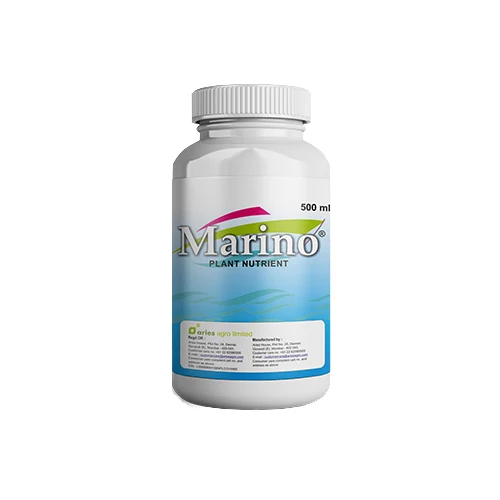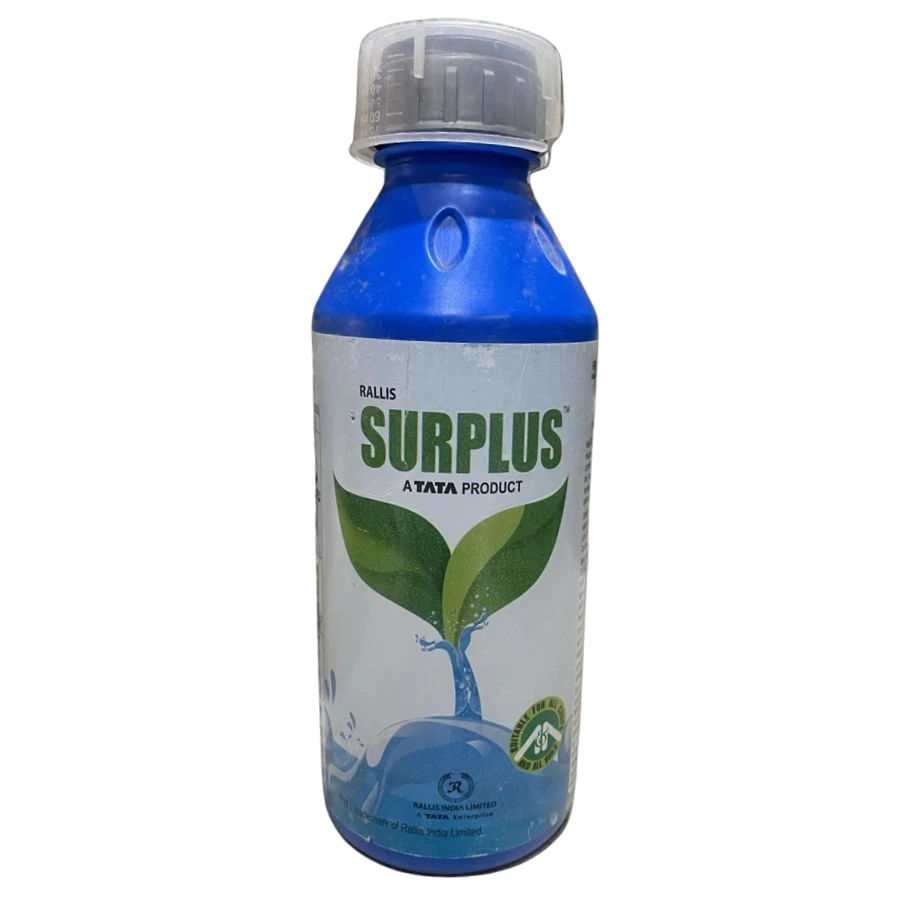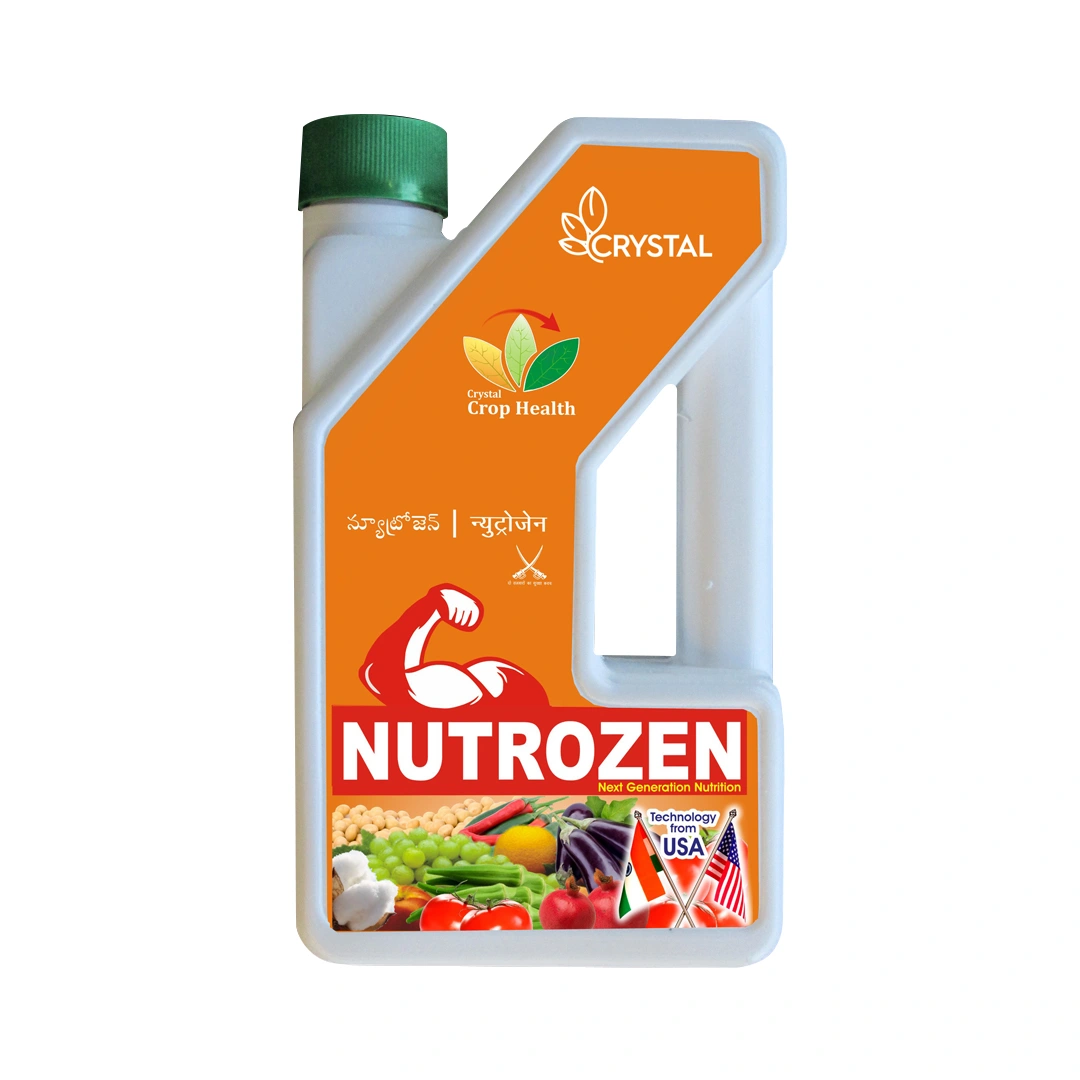
Aries Marino Ascophyllum Nodosum Seaweed Extract Fertilizer, Enhance Plant Growth And Yield Enhancement
24% Off


| Brand: | SHIV KAILASH GREEN ENERGY PRIVATE LIMITED |
| Product Code: | 10171 |
| Country of Origin: | India |
| Category: | Fertilizers |
| Sub Category: | Liquid Fertilizers |






No reviews yet. Be the first to review this product!